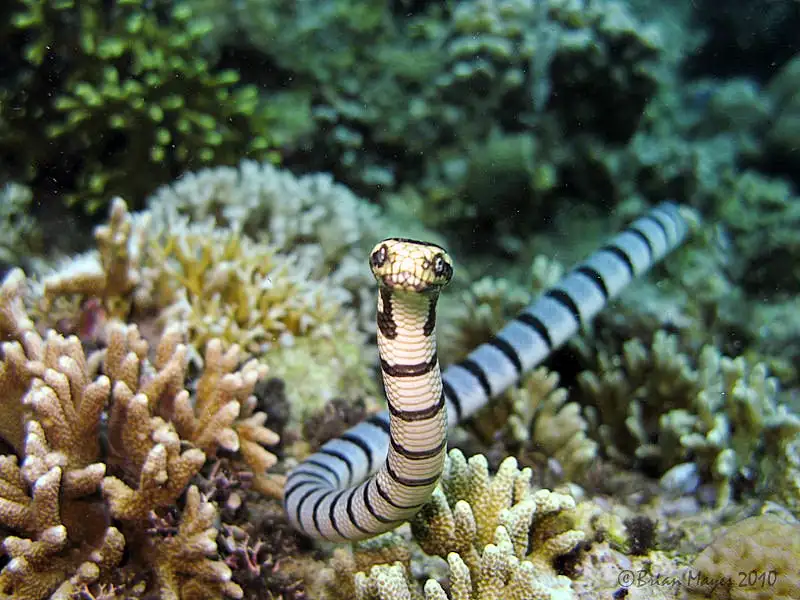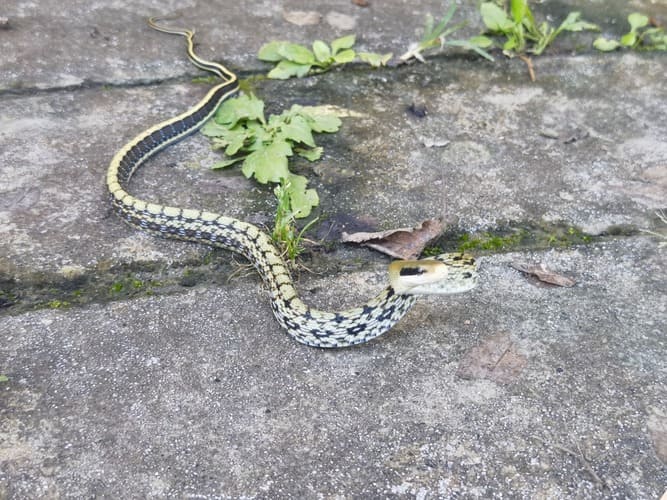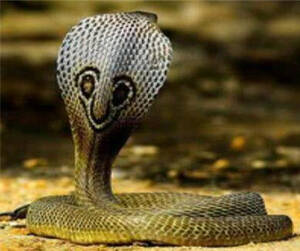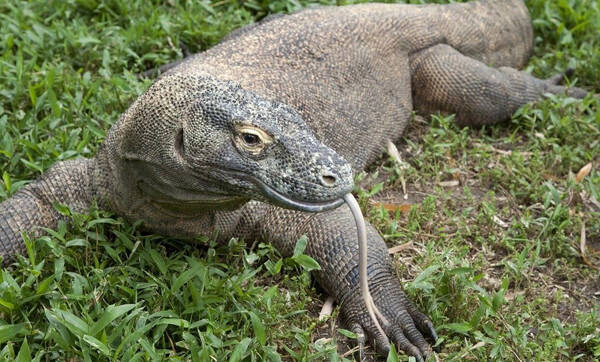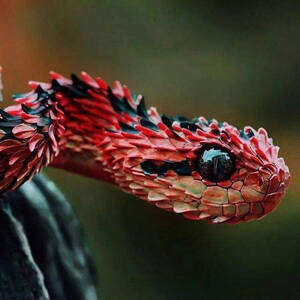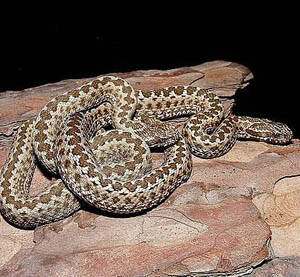Teratoscincus roborowskii
IUCN
LCBasic Information
Scientific classification
- name:Teratoscincus roborowskii
- Scientific Name:Teratoscincus roborowskii,Chinese wonder gecko,Frog-eyed Gecko
- Outline:Squamata
- Family:S.Lizard F.Gekkonidae G.S.Tiger
Vital signs
- length:7-10cm
- Weight:No verification information
- lifetime:About 10 years
Feature
It was originally a subspecies of the Ili Sand Tiger, but was later separated
Distribution and Habitat
It is only distributed in Turpan, Xinjiang Uygur Autonomous Region, China, and is endemic to China.
Turpan sand tigers often choose sandy areas with a loose soil layer thickness of 30cm and a distance of 0m-20m from the plant to build caves.
Appearance
The adult is about 70 mm -100 mm long and cylindrical in shape. The juvenile has 6 to 8 dark stripes on its back, which disappear when it becomes an adult. The adult is mainly light brown with black vertical stripes or intermittent stripes.
Details
The foreign name of Turpan sand tiger is Chinese wonder gecko, and it has no subspecies.
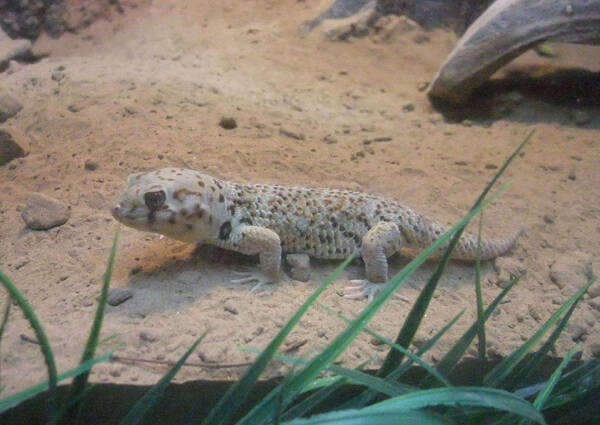
The feeding habits of Turpan sand tigers were studied using feces analysis. The results show that: from April to May, Turpan sand tigers feed on animal food, mainly small arthropods; from June to September, they are omnivorous, with arthropods and caper fruits as the main ingredients in their diet; food in different months Different types and quantities. The food niches of adults and larvae have a high degree of overlap, and the food niches of adults are wider.
Turpan sand tiger is a silent and waiting predator. According to the values of MPM and PTM, the hunting strategies adopted by adults and larvae are very different. The larvae are more active than adults. It can be considered that the hunting strategy adopted by larvae is somewhere between the waiting and waiting type. Transition type between active search type.
The home range size of Turpan sand tigers in different seasons showed similar patterns among different groups, namely: male adults, female adults and larvae, but the statistical difference was not significant. In September, the home range of male adults was significantly larger than that of juveniles. The comparison results of the correlation between home range area and head and body length showed that there was a significant positive correlation between adult home range area and head and body length only in June. The home range area of adults of both sexes in June was smaller than that in September, and the opposite was true for larvae, but the difference was not significant. There is less overlap in home ranges among male adults, with no overlap in September and some overlap with other groups.
Included in the "List of Terrestrial Wild Animals Protected by the State that Are Beneficial or of Important Economic and Scientific Research Value" issued by the State Forestry Administration of China on August 1, 2000.
It is listed in the 2013 Red List of Endangered Species ver3.1 of the World Conservation Union (IUCN) - Near Threatened (NT).
Listed in the China Biodiversity Red List - Vertebrate Volume, with an assessment level of Vulnerable (VU)
It is included in the "List of National Key Protected Wild Animals in China" at Level 2.
Protect wild animals and eliminate wild game.
Maintaining ecological balance is everyone’s responsibility!

